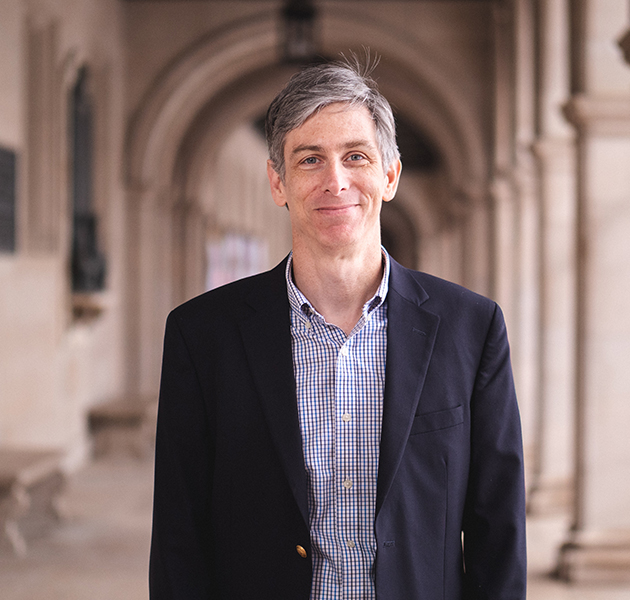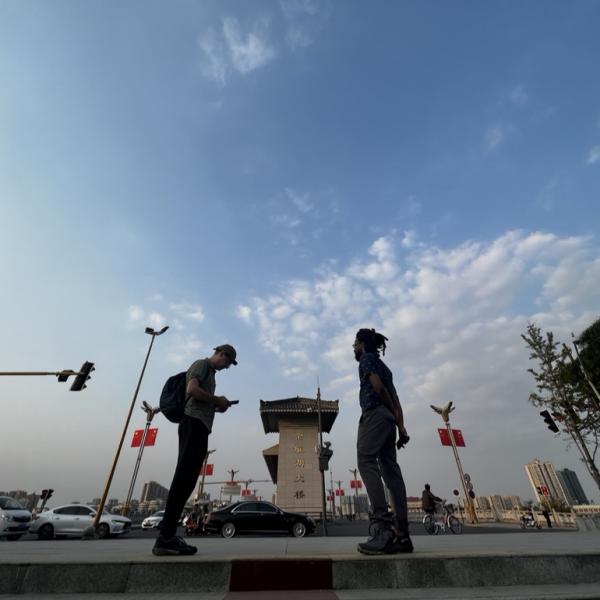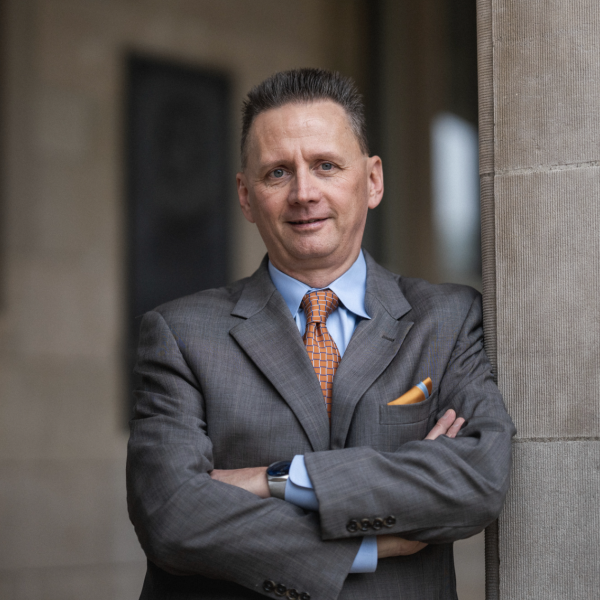
Let me begin with what matters most: I hope that you and your family are healthy and safe in the midst of the global pandemic.
Put simply, this is the most difficult letter I’ve written to our alumni, because it involves both the emotional challenge of revisiting one of the most difficult semesters I’ve seen in 22 years at Washington University and the intellectual challenge of describing a set of complex and interlocking events.
With that said, I would like to share with you our experiences at WashU over the past few months. That will involve a discussion of two events beyond the university: the COVID-19 pandemic and the movement for racial justice.
The first week of March began as usual, with students and faculty alike preparing for spring break. Less than a week later, everything changed. We learned that the students would not be returning and that WashU would be moving to remote learning (our internal term for teaching online). Equally dramatic news was soon to follow. WashU would face a financial crisis. Most faculty research—in laboratories and libraries, on campus and around the world—would come to a halt. Perhaps the most jarring news came a few weeks later when we learned there would be no Commencement ceremonies in May 2020.
All of us in the department—faculty, current students, and alumni like yourselves—form a community of historians. So my goal will be to situate this moment in history. The word we have heard so often recently is “unprecedented.” But I want to suggest how we—as historians—can see this moment differently, one that is unique to our own experience but one which nevertheless reveals important continuities over time.
Those continuities begin in our courses. The students I taught were upset, worried, and disappointed, but they remained WashU students. They fought to preserve their intellectual engagement, and they did so in no small part through respectful and supportive treatment of each other. My colleagues all chose different strategies to teach online, but those were strategies in pursuit of familiar goals: teaching our students about the past, challenging them to question what they assumed, and encouraging them to collaborate with each other. Our extraordinary department staff may have been forced to move their work from the department office, but their hard work enabled us to continue operating even as we planned for an uncertain future.
Within the department, we also remained committed to reaching landmark goals. Undergraduates completed honors theses, undeterred by leaving campus at the end of these projects. Graduate students completed comprehensive exams and defended their dissertations. Faculty published books and articles. So while COVID-19 may have upended life at WashU, it did not defeat our shared intellectual enterprise. I wrote about some of these experiences in an April 4 piece for the Washington Post.
Second, I saw many of the themes I teach in my courses about U.S. history reflected in this moment. The historical experience is never entirely under human control. Other factors—technology, climate, environment, and in this case disease—shape the human experience in ways people cannot predict. At a moment when disease is taking center stage, I found myself thinking about the research and teaching of my colleagues Christina Ramos, Corinna Treitel, and Ken Ludmerer, all of whom have charted the history of health and disease.
Meanwhile, as a historian of the early American republic, I thought of the yellow fever epidemic of 1793, which over the course of three months killed almost 10% of the people in Philadelphia, which at that time was serving as the federal capital. Then as now, people looked for others to blame, and they started with those who looked different from themselves. Then as now, the disease hit hardest at those who were most vulnerable. Then as now, political disputes undermined the ability to forge an effective response, while collaboration within government provided a way forward.
It has been five months now since classes went online, and the way forward is still uncertain. Like all colleges and universities, Washington University is planning for the fall semester with two competing forces: the desire to give students, faculty, and parents a clear view of what to expect; and the need to remain nimble in the face of the rapidly changing trajectory of COVID-19.
The response to COVID-19 at the national level has intersected with the national debate about racial justice which, if it was sparked by the death of George Floyd, extends beyond the death of one individual.
Observers around the country have again used the word “unprecedented,” whether they are referring to the size and duration of the protests and demonstrations or the sudden speed with which certain seemingly unchangeable symbols—whether statues of Confederate generals or the old Mississippi state flag—have disappeared.
These moments acquired meaning and made sense through the perspective of our shared passion for history. We were reminded of the many ways that race defines how people interact with both the formal institutions and the informal contours of American life. We saw that statues are never just statues. They shape how people understand history. And the debate over the fate of statues and memories demonstrates just how much people invest in these physical symbols of the past.
These questions about race and law enforcement, memory and memorialization, remain at the core of what we teach and study as historians, and were the subject of a formal statement from the department. Douglas Flowe—whose recent book examines race and crime in late 19-century and early 20-century New York—offered thoughtful and revealing comments in numerous media outlets. So, too, did Sowandé Mustakeem, who studies the history of slavery and its aftermath.
Among the people receiving this newsletter are our newest alumni who graduated in May. The death of George Floyd occurred ten days after we had originally scheduled Commencement. So these two events—COVID-19 and the call for racial justice—bracketed the end of their undergraduate experience. Their extraordinary work in our classes demonstrated their own ability to make sense of these events, to situate them within history, and to see a way forward. I hope that this account will do justice to their own experiences.
We look forward to learning where life takes these new alumni, just as we continue to welcome news from those who preceded them.
After such an eventful and tumultuous year, we are now preparing to enter unknown territory in the fall. How educational institutions (from elementary schools through post-graduate education) should respond remains one of the greatest challenges facing all of us who work as educators. I imagine you may be wondering how WashU is responding. I encourage you to check out the university’s plan for fall 2020. But I also welcome any questions you may have about what we are doing in the Department of History.




